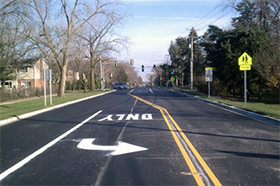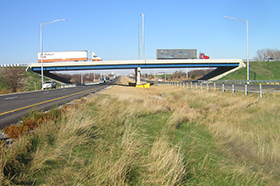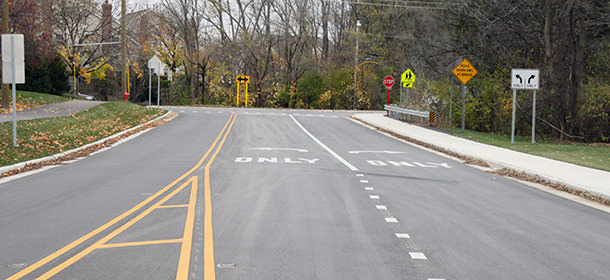
Did you know that there are “greener” methods for just about anything in the construction industry, even when repairing our roadways? According to the National Asphalt Pavement Association (NAPA), more than 90% of U.S. roads and highways are paved with hot-mix asphalt (HMA). Raw materials needed to produce HMA are becoming scarce and the cost of aggregates and binders is increasing. In response, HMA producers are using reclaimed asphalt pavement (RAP), instead of purely virgin materials at a considerable cost savings. Recycling in the Road Construction Industry is hardly a new concept. Grinding existing asphalt to re-use in new HMA has been an industry standard since the 1970s and today, asphalt pavement is America’s most recycled and re-used material. Since RAP can be used repeatedly (conserving the natural resources as well as the energy and transportation costs of obtaining them), recycling HMA shows a commitment to sustainability, something that many firms in the industry strive to attain.
Another cost-saving recycling technique is known as In-Place recycling. Grinding HMA typically involves hauling the RAP from a worksite to the plant. The RAP then becomes an ingredient in the new HMA and gets hauled back to a worksite. In-Place recycling eliminates the need for two additional material hauls, thus resulting in a cost savings. In-Place recycling can be accomplished using one of two methods: Cold-In-Place recycling (CIP) or Hot-In-Place recycling (HIP). In order to determine which process to apply, the existing HMA roadway must be examined closely.
If your HMA road shows early signs of surface-related distresses such as oxidation, minor cracking and minor rutting, then HIP is the proper choice. HIP treats the top 2-3 inches of the HMA by heating the roadway gradually up to 300o F. Next, the processing machine gathers up the softened RAP into a drum mixer. During this heated mixing stage, the engineered emulsion and aggregate (if needed) are added to the mix. Then the recycled HMA is run through a traditional asphalt paver and placed to the proper line and grade. The new mat is then compacted with steel wheel and pneumatic-tire rollers resulting in a smooth, well-graded surface.
If your HMA road shows serious signs of base failure and extensive cracking, then CIP could be a lower-cost alternative to reconstruction. CIP recycles the top 8-10 inches of roadway by pulverizing the HMA and stone below. Engineered emulsion and aggregate (if needed) are then added to this mix and the material is placed back in the roadway. This new mix is then compacted with a sheep’s-foot roller. The material is then shaped to its proper cross-section with a road grader and the resulting mat is compacted with pneumatic-tire rollers and steel wheel rollers. The result is a homogeneous, well-graded, and very stable base for your roadway, but will also require a new HMA surface lift application.
These are just some of the methods that can be used when trying to bring sustainable practices into transportation construction projects. So keep in mind that any new, smooth, black HMA roadway probably has a “green” process behind it.
Additional information regarding pavement recycling may be found online at www.fhwa.dot.gov, with the National Asphalt Pavement Association or the Asphalt Institute.




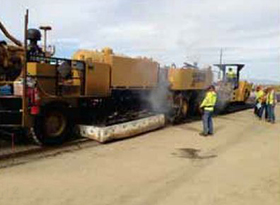
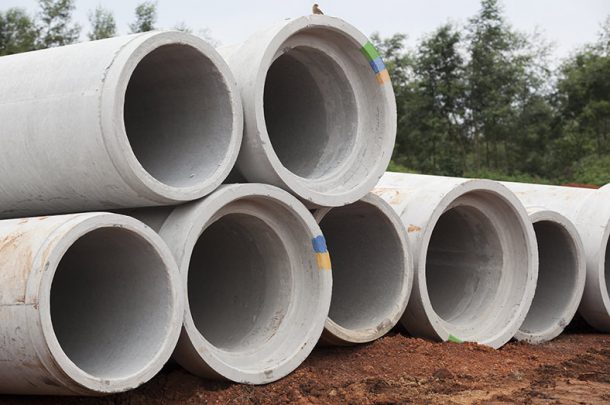
 Integrating Stormwater and Pavement Designs
Integrating Stormwater and Pavement Designs 


